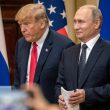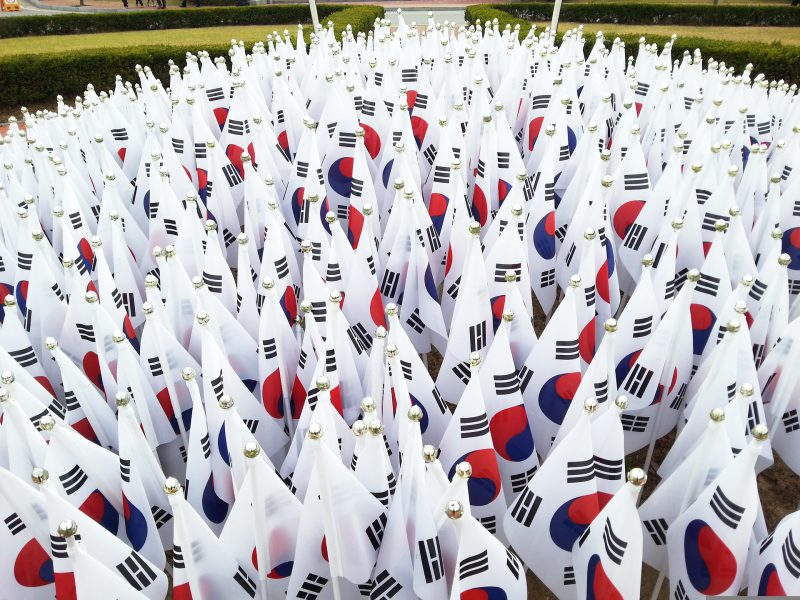A Turbulent 2022 forced regulators across the globe to take a keener look at the crypto industry. The South Korean government in particular ramped up its interest in crypto and decided to regulate it. The nation appears to favor eradicating bad actors in the space while fostering innovation. In a similar attempt, South Korea’s Prosecutors took down a prominent bank while investigating illegal foreign exchange transactions related to the crypto-verse.
As per a recent report, the Daegu District Prosecutor’s Office’s Anti-Corruption Investigation Department carried out a “search and seizure” at the Woori Bank headquarters.
This investigation is reportedly part of the Financial Intelligence Unit’s [FIU] clamp down on commercial banks. The FIU as well as the Financial Supervisory Service [FSS] managed to uncover $3.4 billion in illegal foreign exchange transactions related to crypto. This was accumulated at Woori Bank and Shinhan Bank better in May 2021 and June 2022.
It should be noted that this wasn’t Woori Bank’s first encounter with the South Korean Prosecutors. Three individuals part of the bank were charged and arrested for carrying out trading without reporting, submission of false financial records to banks along with $302 million in illegal foreign exchange transactions.
“Abnormal” Crypto-related foreign exchange transactions take over South Korea
In a recent statement, the FSS brought to light that a whopping $680 million of “abnormal” crypto-related money transfers were carried out. This further pumped up the digits to $7.2 billion uncovered under the same category since June.
Along with Woori Bank and Shinhan Bank, the FSS noted that Hana Bank, Kookmin Bank, Nonghyup Bank, and seven other Korean banks were being probed.
The FSS also noted that the aforementioned money was transferred from cryptocurrency sites onto local businesses before they were sent abroad. The FSS went on to explain that 72% of the funds were flowing to Hong Kong, 15% to Japan, and a meager 5% to China. The fact that 82 percent of the transfers were conducted in US dollars and only 15 percent in Japanese yen was highlighted.





